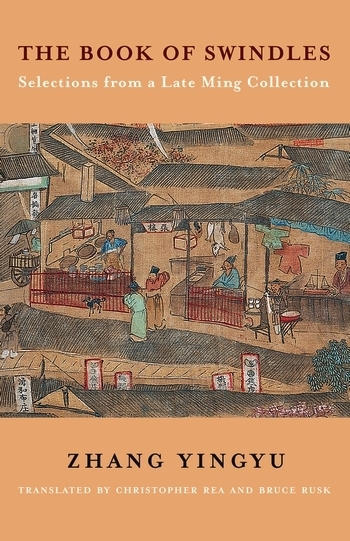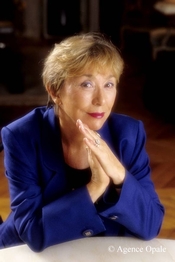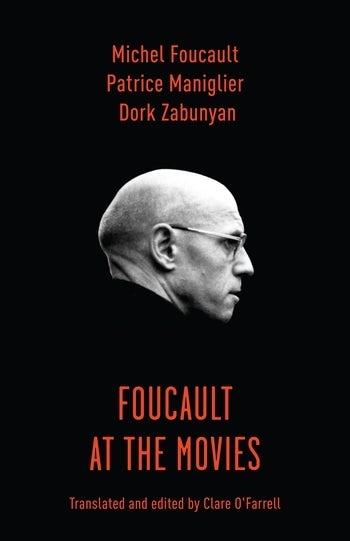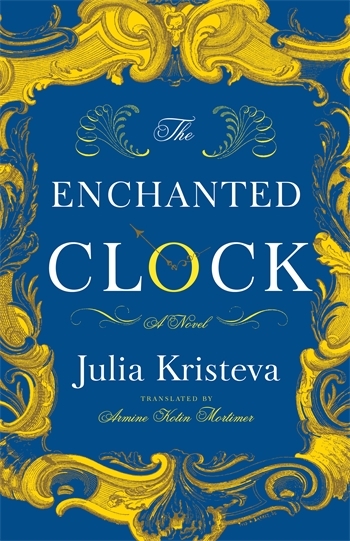Monstrous Media: Keller Kimbrough on Monsters, Animals, and Other Worlds

As part of our ongoing feature celebrating National Translation Month, today we have a guest post written by Keller Kimbrough, who edited Monsters, Animals and Other Worlds: A Collection of Short Medieval Japanese Tales with with Haruo Shirane.
Don’t forget to enter our drawing for a chance to win a copy of this book or any of the other titles we’re featuring this week! The drawing closes today, Friday, September 14th, at 1:00 pm EDT.
• • • • • •
Monsters, Animals, and Other Worlds illuminates a delightfully weird world of fantasy and imagination from late-medieval Japan, roughly the fourteenth through seventeenth centuries, introducing English-reading audiences to concepts and characters that few of them will have ever encountered before.
From the beginning of our work on the anthology, the editors faced an impossible task: translating a body of illustrated fiction from one artistic medium—the sumptuous emaki “picture scroll”—to another, largely incompatible one (a modern printed book). The problem is fundamental and unavoidable. Philosophically speaking, our predicament was an epistemological one insofar as it was rooted in a Western notion of a division between the literary and the visual arts that did not exist in the same way in medieval Japan. Practically speaking, as objects of both literature and painting, the “stories” that we chose for the volume (even the English terms that are available to discuss them are inappropriate!) had to be adapted, for the sake of publication, to a format that strongly favors the literary over the visual-artistic. How could we translate, in a reasonably priced, printed book with black-and-white images on non-glossy paper, the experience of “reading” a selection of medieval Japanese picture scrolls? In other words (and in keeping with a theme of the volume), how could we translate apples into oranges without concocting a Frankensteinian fruit salad?
“How could we translate apples into oranges without concocting a Frankensteinian fruit salad?”
It is an issue that has plagued editors, publishers, and translators for centuries. To take the poems of William Blake, for example, and extract them from Blake’s illuminated books is to deny them their visual and material context––the very thing that allows for an authentic, organic aesthetic experience. Yet it is foolish to imagine that everyone who would like to, can own or even briefly handle a first edition of Blake’s Songs of Innocence and Experience, or any other such work. Likewise, most of us (including, unfortunately, me) will probably never be permitted to unroll and peruse, at our leisure, the parodic Tale of the Mouse or the poignant Sparrow’s Buddhist Awakening at the Suntory Museum of Art (both of which, incidentally, are included in the Monsters volume).
Adam Kern, a scholar and translator of the manga-like works of eighteenth-century Japanese literature known as kusazōshi (grass books), has advocated for the use of Photoshop and other software to reproduce, in English, approximate visual equivalents of the target document. He does so by digitally erasing the Japanese text inside drawn compositions and replacing it with translated English. The idea is clever (and better than doing nothing, I suppose), but to me, at least, the modified pages look wrong with typeset Roman letters where there was once Japanese calligraphy. Others have experimented with placing emaki online, and then allowing viewers to see blocks of translated text by moving a cursor over a particular passage. But that approach is also unsatisfying in that it obscures the tactile nature of a handscroll to an extent that even a book does not, reducing the materiality of the object to a computer-generated abstraction.
“The book is a lovely one; the stories and their images are funny, frightening, and sometimes disturbing; and the voices that the anthology recreates, across the barriers of time, language, and culture, are fresh and strong.”
In Monsters, Animals, and Other Worlds, my co-editor and I found no adequate solution. We included as many images from the various scrolls as Columbia University Press would allow, and we placed them in the translations according to where they would have been in the original works. They look nice, but they are not intended simply to be decorative; rather, unless the reader skips over them entirely, they should function to interrupt or slow down the reading in a way that they would in a medieval picture scroll. In some cases, the images are inscribed with poems, comments, and dialogue (gachūshi, “text in image”), which can supplement, complicate, and even contradict the principal narration, and which sometimes––especially in the case of dialogue––can be written to reproduce a different, i.e., more colloquial, verbal register. To capture this and set it apart from the main body of the translations (as it is set apart in the original scrolls), we relied on the expertise of Irene Pavitt and Milenda Lee, our editor and book designer at Columbia University Press, to formulate off-color text boxes to contain our translated gachūshi, which were placed above, below, and beside the images to which they pertain.
In the end, did we succeed in our attempt to translate across incompatible media? I suppose that depends on how you define success. After all, it was an impossible task. The book is a lovely one; the stories and their images are funny, frightening, and sometimes disturbing; and the voices that the anthology recreates, across the barriers of time, language, and culture, are fresh and strong. The world is certainly a better place for having our book in it. And remember––at only $35, it really does make a great stocking stuffer.
• • • • • •
Read “The Tale of a Wild Goose,” an excerpt from Monster, Animals, and Other Worlds.








